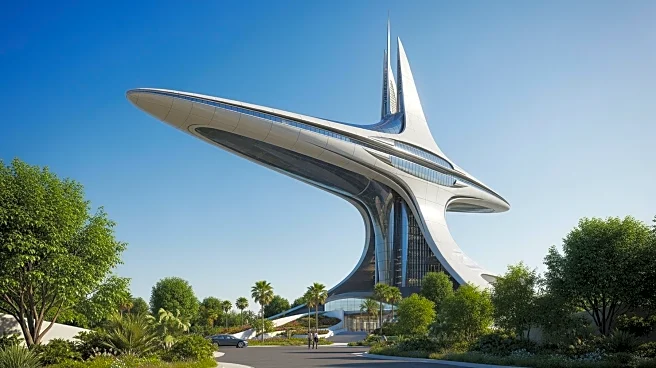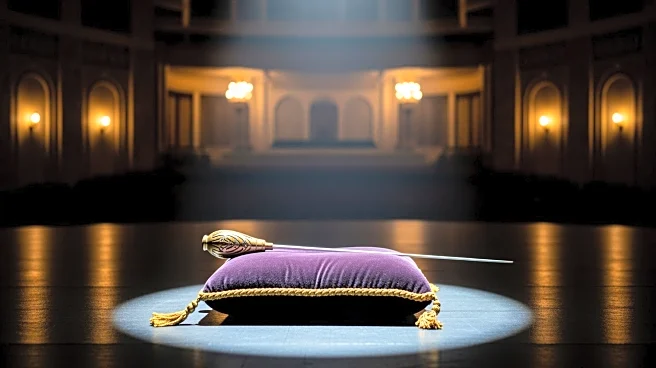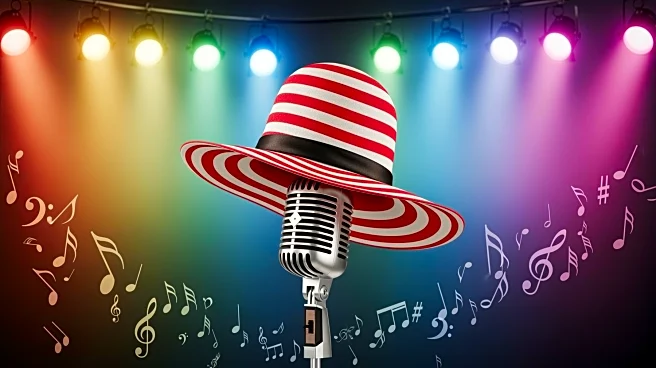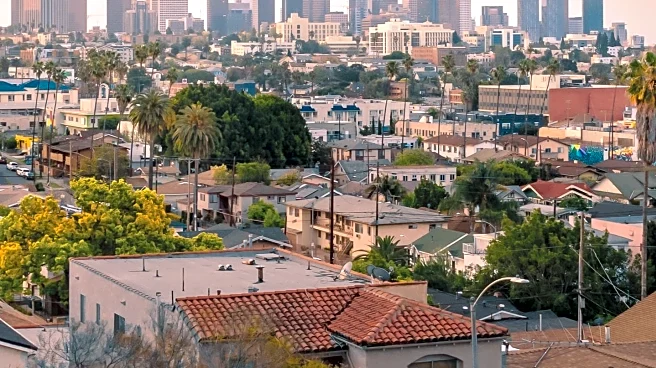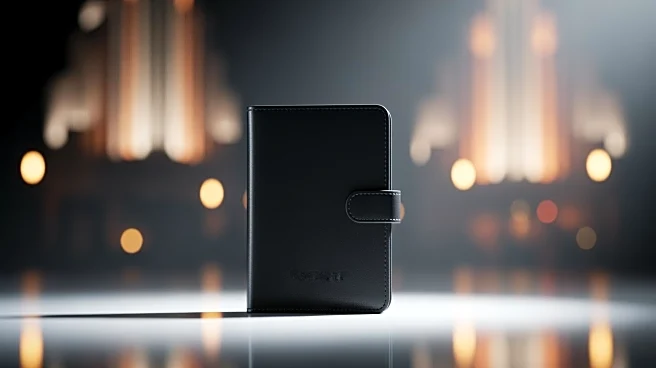What's Happening?
The Lucas Museum of Narrative Art, founded by Star Wars filmmaker George Lucas and Mellody Hobson, is set to open on September 22, 2026, in Los Angeles. The museum, which has undergone significant changes
since its initial announcement over a decade ago, will feature a futuristic building designed by Ma Yansong. The museum's collection includes over 40,000 works, ranging from ancient artifacts to contemporary graphic novels, and will be housed in 100,000 square feet of exhibition space across 35 galleries. The museum aims to showcase 'the people's art,' with thematic groupings around topics such as love, work, adventure, and sports.
Why It's Important?
The opening of the Lucas Museum of Narrative Art is significant for the cultural landscape of Los Angeles and the broader art community. It promises to be a major attraction, drawing visitors interested in both traditional and popular art forms. The museum's diverse collection, which includes works by Frida Kahlo, Norman Rockwell, and comic book artists like Jack Kirby, reflects a broad spectrum of artistic expression. This initiative could enhance Los Angeles's reputation as a leading cultural hub and provide educational opportunities through its exhibitions and archives, including the Lucas Archives related to George Lucas's films.
What's Next?
As the museum prepares for its opening, it will continue to develop its exhibitions and finalize construction. The leadership team, including Pilar Tompkins Rivas and Ryan Linkof, will oversee the curatorial direction. The museum's board, featuring notable figures like Guillermo del Toro and Steven Spielberg, will likely play a role in shaping its future initiatives. The museum's opening could spark further interest in narrative art and potentially influence other cultural institutions to explore similar themes.
Beyond the Headlines
The Lucas Museum's focus on 'the people's art' highlights an inclusive approach to art curation, aiming to resonate with diverse audiences. This could encourage other museums to adopt similar strategies, broadening the scope of art appreciation and accessibility. The museum's emphasis on narrative art may also inspire discussions on the role of storytelling in visual arts, potentially influencing future artistic trends.
